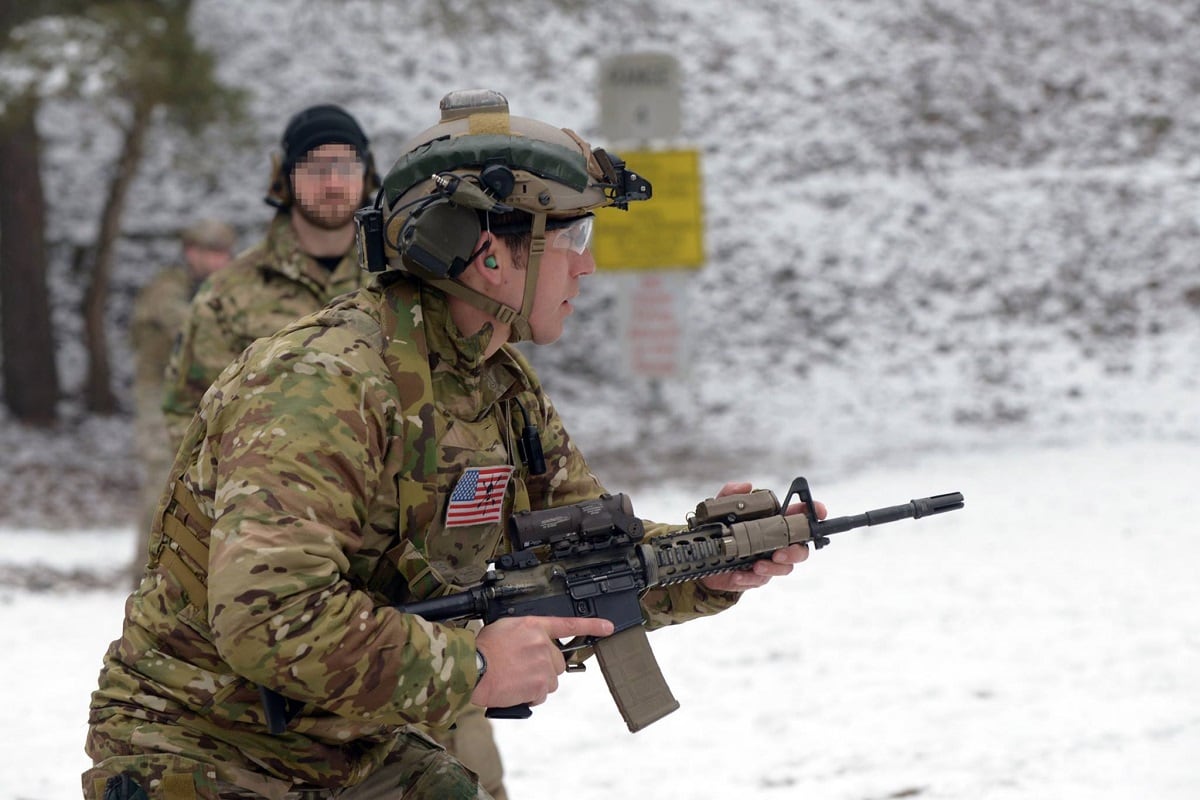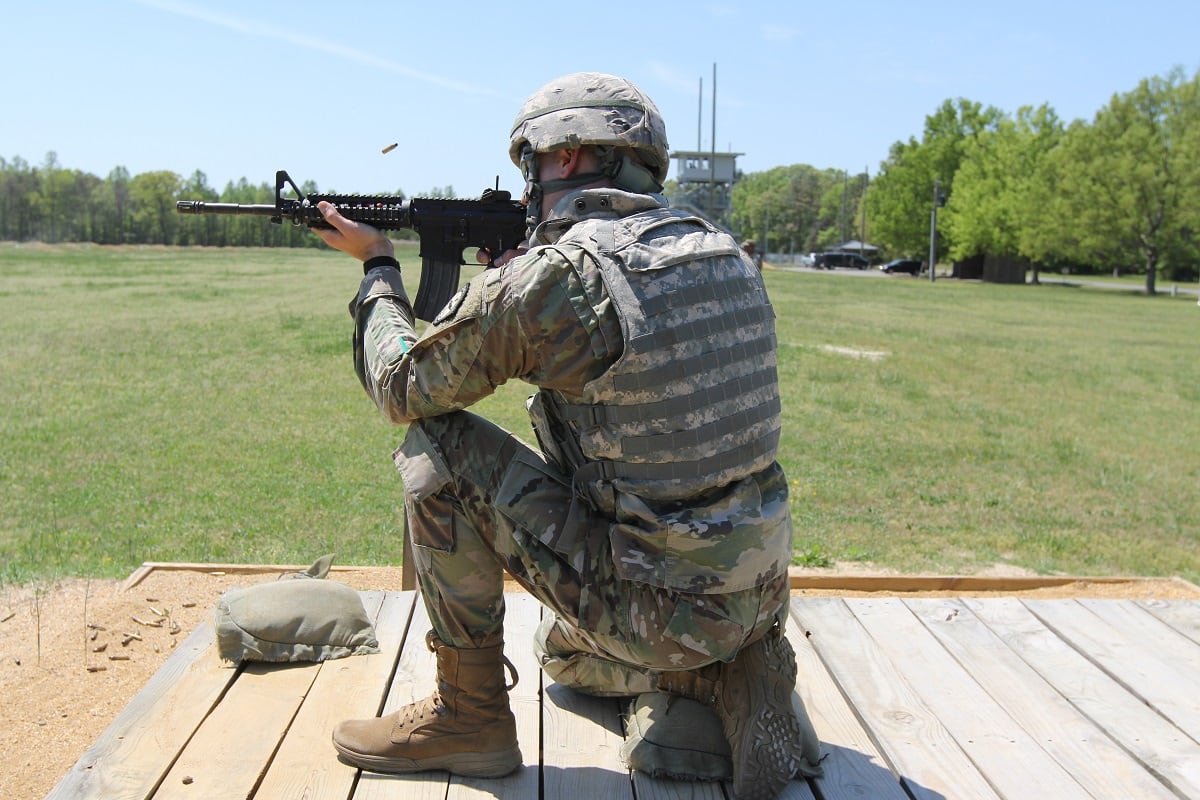Since a safety message hit Army units in March, weapons experts have tested 50,000 M4/M16 rifles in their inventory and found an estimated 3,000 have a selector switch malfunction.
And there are about 900,000 more to test.
R. Slade Waters, spokesman for the Army’s Tank-automotive and Armaments Command, or TACOM, told Army Times Friday that officials expect the full number will be tested and any malfunctioning weapons fixed within the next 12 to 18 months.
RELATED

The Marine Corps is also investigating the problem, according to Marine Corps Systems Command officials. They issued their own safety message on May 24.

The website Task & Purpose first reported the number of weapons that had failed the test. Military.com first reported the safety message and initial failures.
The malfunction, first identified in a March 26 safety message, noted that:
“The M4A1 was charged and the weapon’s selector was positioned between ‘semi’ and ‘auto.’ When the weapon’s trigger was pulled, the weapon did not fire. When the selector was then moved into either ’semi’ or ’auto,’ the weapon fired without a trigger pull.”
A second message, released April 16, identified that the problem was not limited to the M4A1 and expanded testing to M16 platforms as well.
Waters said that most of the stock of M4 carbines and M16 rifles were being tested, based on the safety message.
At the time of the April message, officials had identified at least 881 carbines that demonstrated the malfunction. That number has grown to an estimated 3,000 as testing has progressed.
Armorers have been ordered to perform additional function checks during pre-fire inspections and prior to live fire events.

Shooters have been given a modified Immediate Action Drill, should they experience the malfunction while operating the weapon.
About three years ago the Army began modifying the M4A1, adding fully automatic firing capability to the weapon. Previous options were semi-automatic fire and three-round burst.
The same program beefed up the small carbine, giving it a heavier barrel and ambidextrous safety controls.
The following function test is required to be performed on all M16 and M4 series rifles and carbines within 10 days or prior to live fire, whichever comes first, according to the message.
- Ensure weapon is clear by observing the chamber, the bolt face, and magazine well. The weapon should always be pointed in a safe direction.
- Charge the weapon, place selector lever on the safe position and pull trigger. The hammer should not drop.
- Move the selector lever to the semi position, then move the selector to a position between semi and auto, and squeeze the trigger. The hammer should drop when the trigger is squeezed. If the hammer does not drop when the trigger is squeezed, this is a failure. Record this information and continue to the next step.
- If the hammer does not drop, move the selector in either direction. If the hammer drops without squeezing the trigger, this is a failure. Record this information.
- Gather information recorded from failures at steps (3) and (4) and segregate the weapon for further investigation. Contact TACOM with the weapon serial number.
- If the weapon passes steps (3) and (4), the function check is complete.
The Army also issued an adjusted Immediate Action Drill. The steps are as follows:
- Confirm that the selector is set to semi, auto or burst.
- Slap upward on the magazine to make sure it is properly seated.
- Pull the charging handle completely to the rear and hold.
- Observe for ejection of case or cartridge, and ensure the cartridge or case is ejected and the chamber is clear.
- Release the charging handle to feed a new round.
- Tap the forward assist to ensure the bolt is closed.
- Squeeze the trigger; the weapon should fire.
Todd South has written about crime, courts, government and the military for multiple publications since 2004 and was named a 2014 Pulitzer finalist for a co-written project on witness intimidation. Todd is a Marine veteran of the Iraq War.




